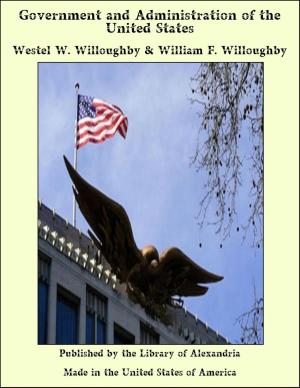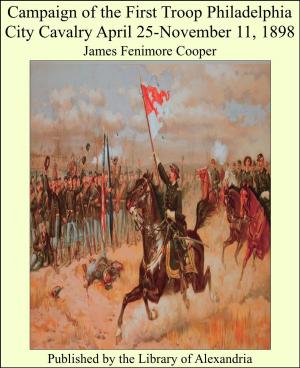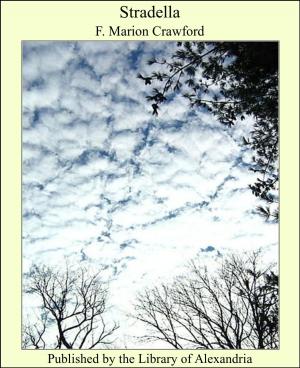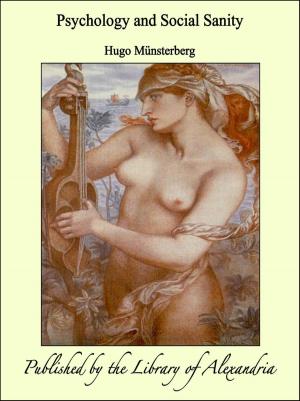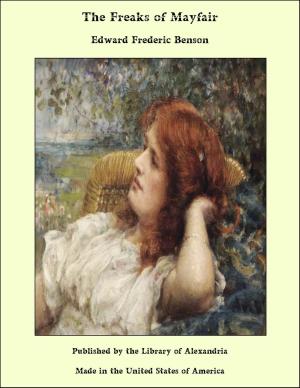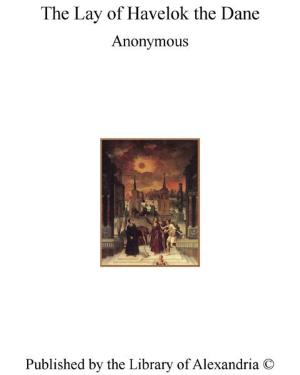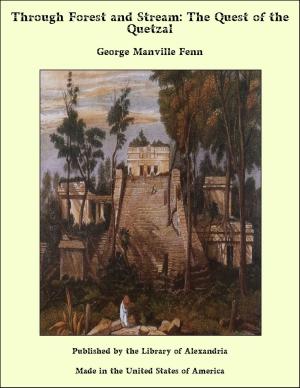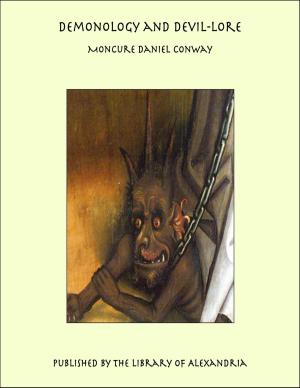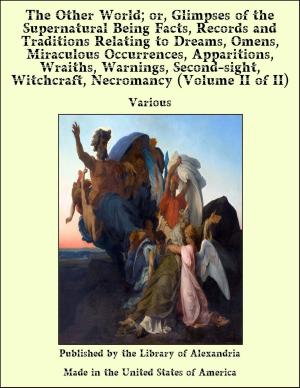Captain Kyd: The Wizard of the Sea (Complete)
Nonfiction, Religion & Spirituality, New Age, History, Fiction & Literature| Author: | Joseph Holt Ingraham | ISBN: | 9781465606006 |
| Publisher: | Library of Alexandria | Publication: | March 8, 2015 |
| Imprint: | Language: | English |
| Author: | Joseph Holt Ingraham |
| ISBN: | 9781465606006 |
| Publisher: | Library of Alexandria |
| Publication: | March 8, 2015 |
| Imprint: | |
| Language: | English |
On a rocky headland that stretches boldly out into the bosom of one of the lakelike bays that indent the southern shore of Ireland, stands a picturesque ruin, half hidden to the eye of the voyager amid a group of old trees. With its solitary square tower, and warlike battlements jagged and stern in their desolation, it still wears an air of imposing grandeur, that conveys some idea of its ancient baronial state. It is known by the name of "old Castle Cor;" and in its palmy days was the summer abode of the last Earl of Belmont. On a bright morning in the merry month of May, in the year sixteen hundred and ninety-four, its now silent halls rung with the joyous voices and noisy sports of a score of gallant youths and noble maidens, gathered there, from many a lordly roof both far and near, to celebrate a rural fête in honour of the sixteenth birthday of the only child of this ancient house, the beautiful Kate Bellamont, better known throughout the barony as "wild Kate of Castle Cor." In the pastimes of the day, archery, then much practised by ladies of gentle blood, was to hold a conspicuous place, and a silver arrow was to be awarded to the victor by the hands of Lady Bellamont herself. As the hour of noon approached, the earl's chief forester, Cormac Dermot, his gray locks covered with a red cloth bonnet, in which was fastened an eagle's plume, and his goodly person arrayed in a holyday suit of green and gold, made his appearance on the lawn by the west side of the castle, and wound his horn, loud and long, as the signal that the "gentle sporte of archerie" was now about to begin. The place chosen for the trial of skill was an ample lawn of the softest and greenest verdure, lying between the wall of the castle and the verge of the cliff. A few ancient oaks grew here and there upon it; and towards the south it was open to the land-locked bay and far-distant sea, which, wide as the vision extended, seemed to belt the horizon like a shining band of silver. At each extremity of the field, one hundred yards apart, was pitched upon the sward a gorgeous pavilion, one of blue, the other of orange-coloured silk: the hangings of the former were fringed with silver; and from the festooned curtains of the latter pended tassels of silk and gold. In these were laid tables spread with cloths of crimson damask, and covered with every luxury that could tempt the palate or gratify the eye. From the summit of one of the pavilions fluttered a crimson banneret, displaying the arms of Bellamont, its boar's-head crest pierced through with an arrow, emblematical of the occasion; and from the top of the other waved a white banner, in the centre of which, according to the rules of heraldry, a bow, quiver, target and other signs of archery were tastefully emblazoned.
On a rocky headland that stretches boldly out into the bosom of one of the lakelike bays that indent the southern shore of Ireland, stands a picturesque ruin, half hidden to the eye of the voyager amid a group of old trees. With its solitary square tower, and warlike battlements jagged and stern in their desolation, it still wears an air of imposing grandeur, that conveys some idea of its ancient baronial state. It is known by the name of "old Castle Cor;" and in its palmy days was the summer abode of the last Earl of Belmont. On a bright morning in the merry month of May, in the year sixteen hundred and ninety-four, its now silent halls rung with the joyous voices and noisy sports of a score of gallant youths and noble maidens, gathered there, from many a lordly roof both far and near, to celebrate a rural fête in honour of the sixteenth birthday of the only child of this ancient house, the beautiful Kate Bellamont, better known throughout the barony as "wild Kate of Castle Cor." In the pastimes of the day, archery, then much practised by ladies of gentle blood, was to hold a conspicuous place, and a silver arrow was to be awarded to the victor by the hands of Lady Bellamont herself. As the hour of noon approached, the earl's chief forester, Cormac Dermot, his gray locks covered with a red cloth bonnet, in which was fastened an eagle's plume, and his goodly person arrayed in a holyday suit of green and gold, made his appearance on the lawn by the west side of the castle, and wound his horn, loud and long, as the signal that the "gentle sporte of archerie" was now about to begin. The place chosen for the trial of skill was an ample lawn of the softest and greenest verdure, lying between the wall of the castle and the verge of the cliff. A few ancient oaks grew here and there upon it; and towards the south it was open to the land-locked bay and far-distant sea, which, wide as the vision extended, seemed to belt the horizon like a shining band of silver. At each extremity of the field, one hundred yards apart, was pitched upon the sward a gorgeous pavilion, one of blue, the other of orange-coloured silk: the hangings of the former were fringed with silver; and from the festooned curtains of the latter pended tassels of silk and gold. In these were laid tables spread with cloths of crimson damask, and covered with every luxury that could tempt the palate or gratify the eye. From the summit of one of the pavilions fluttered a crimson banneret, displaying the arms of Bellamont, its boar's-head crest pierced through with an arrow, emblematical of the occasion; and from the top of the other waved a white banner, in the centre of which, according to the rules of heraldry, a bow, quiver, target and other signs of archery were tastefully emblazoned.

